Dinteranthus Wilmotianus Lithop – Living Stone Succulent – 2” Pot – Rare Pebble Plant
Original price was: $30.99.$17.99Current price is: $17.99.
Add a unique touch to your collection with the Dinteranthus wilmotianus, also known as Living Stone. This rare succulent resembles pebbles and is perfect for rock gardens.
Estimated arrival
Dec 14
Dec 19 - Dec 21
Dec 24 - Dec 28
Reasonable Price
We offer reasonable price

Support 24/7
Contact us 24 hrs a day

100% Money Back
You've 30 days to Return

Payment Secure
100% secure payment
Discover the Dinteranthus Wilmotianus Lithop: The Living Stone Succulent
The Dinteranthus Wilmotianus Lithop, also known as the Living Stone, Split Rock, or Pebble Plant, is a rare and fascinating succulent. Its unique appearance allows it to blend seamlessly with its rocky surroundings, making it a captivating addition to any succulent collection. These plants are supplied in 2” pots.
This slow-growing succulent forms clumps of two to four individual bodies, each typically measuring 2-3 cm in diameter. Each body consists of two flattened, fused leaves that are grey-green or brownish, adorned with markings that mimic the texture of rocks or pebbles. The Dinteranthus wilmotianus produces small, daisy-like flowers in shades of white to pinkish-purple.
Adapted to thrive in dry conditions, the Living Stone succulent requires well-draining soil and infrequent watering. Its small size and unique aesthetic make it a popular choice for rock gardens, container arrangements, and collectors seeking extraordinary succulent varieties. The Dinteranthus Wilmotianus is a true marvel of nature.
Benefits of Owning a Dinteranthus Wilmotianus Lithop:
- Unique Aesthetic: Adds a touch of natural artistry to your space.
- Low Maintenance: Requires minimal care, perfect for busy individuals.
- Conversation Starter: Its unusual appearance sparks curiosity and admiration.
- Drought Tolerant: Thrives in dry conditions, reducing water consumption.
- Collector’s Item: A rare and sought-after succulent for enthusiasts.
Frequently Asked Questions about Dinteranthus Wilmotianus Lithops
- How often should I water my Dinteranthus Wilmotianus Lithop? Water sparingly, only when the soil is completely dry. Overwatering can lead to rot. Typically, watering every 2-4 weeks is sufficient, but adjust based on your environment.
- What type of soil is best for my Living Stone succulent? Use a well-draining succulent mix that is low in organic matter. A mix of perlite, sand, and a small amount of potting soil works well.
- How much sunlight does my Dinteranthus Wilmotianus need? Provide bright, indirect sunlight. Avoid intense, direct sunlight, which can scorch the plant. A south-facing window with sheer curtains is ideal.
- What is the ideal temperature range for my Pebble Plant? These succulents prefer temperatures between 60°F and 80°F (15°C – 27°C). Protect them from frost.
- How big will my Dinteranthus Wilmotianus get? These plants typically grow to be about 1-2 inches (2.5-5 cm) in diameter. They are slow-growing and compact.
Be the first to review “Dinteranthus Wilmotianus Lithop – Living Stone Succulent – 2” Pot – Rare Pebble Plant”

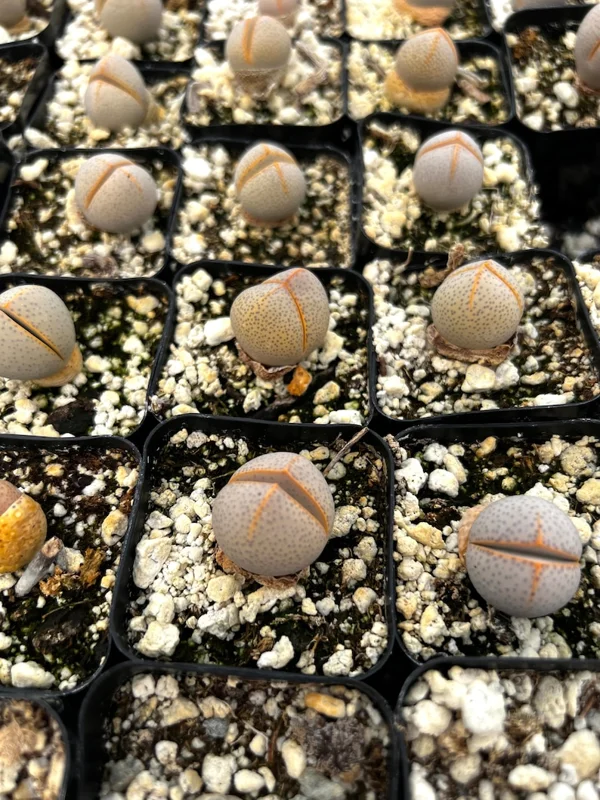
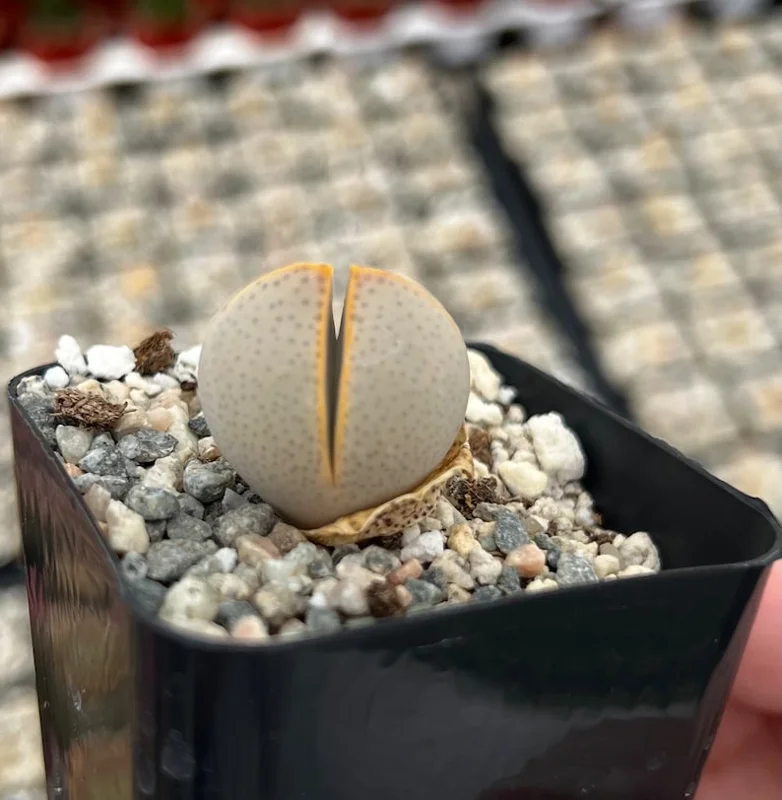
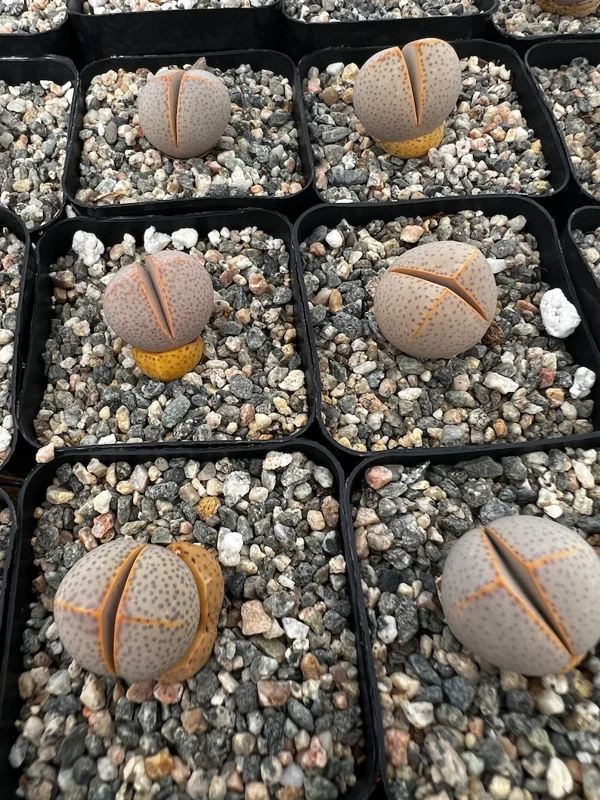
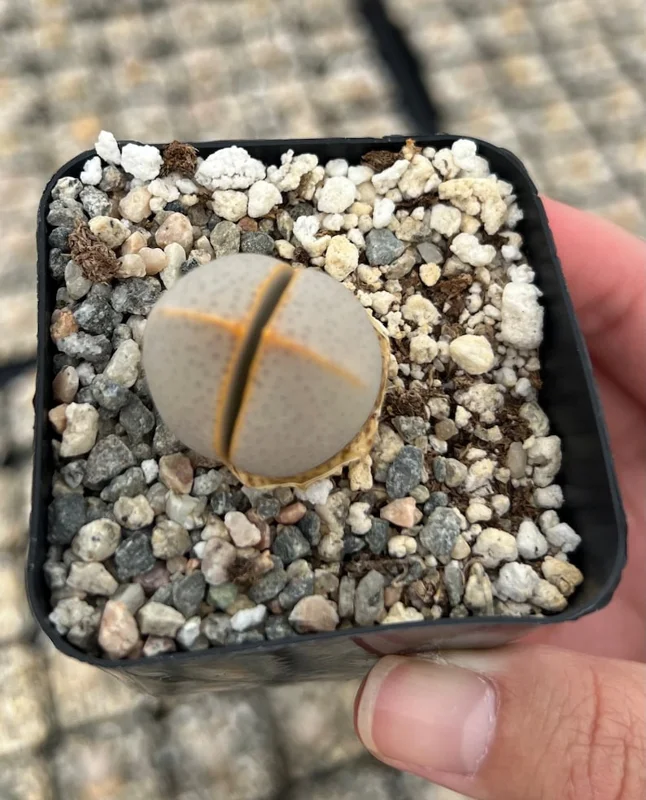
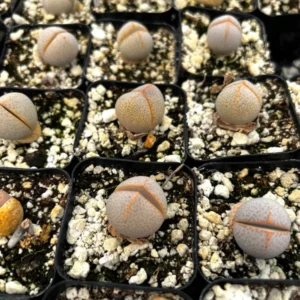
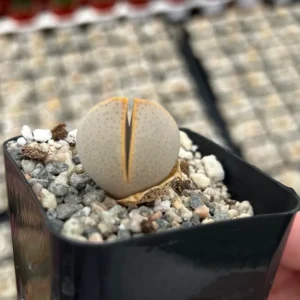
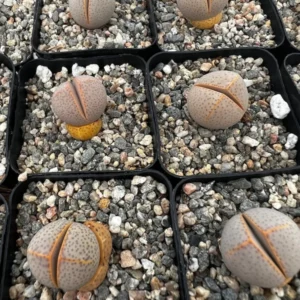
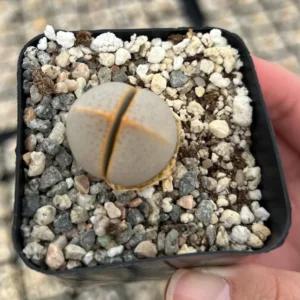

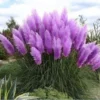
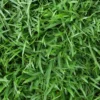

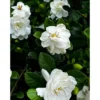
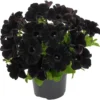
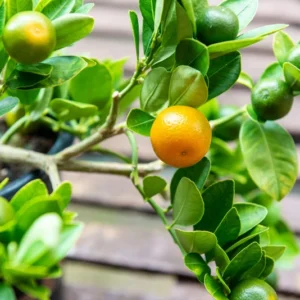
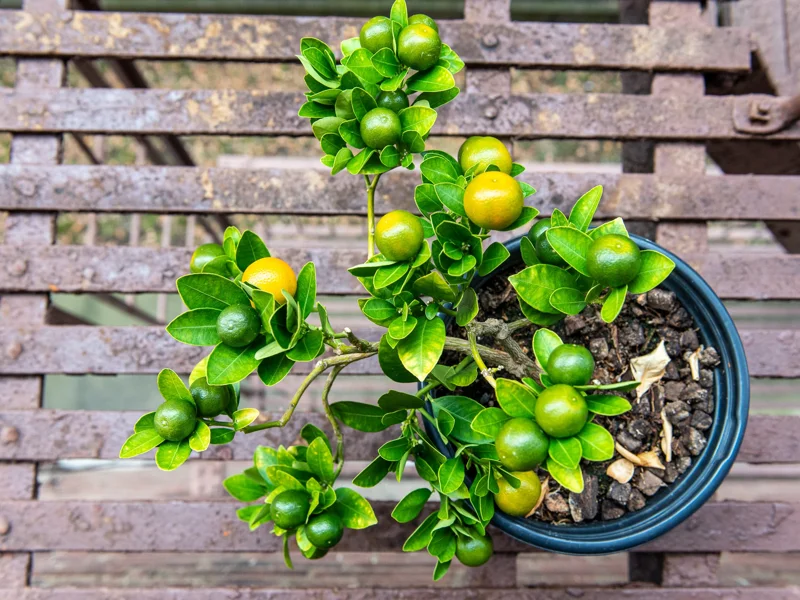
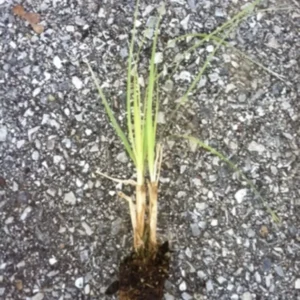
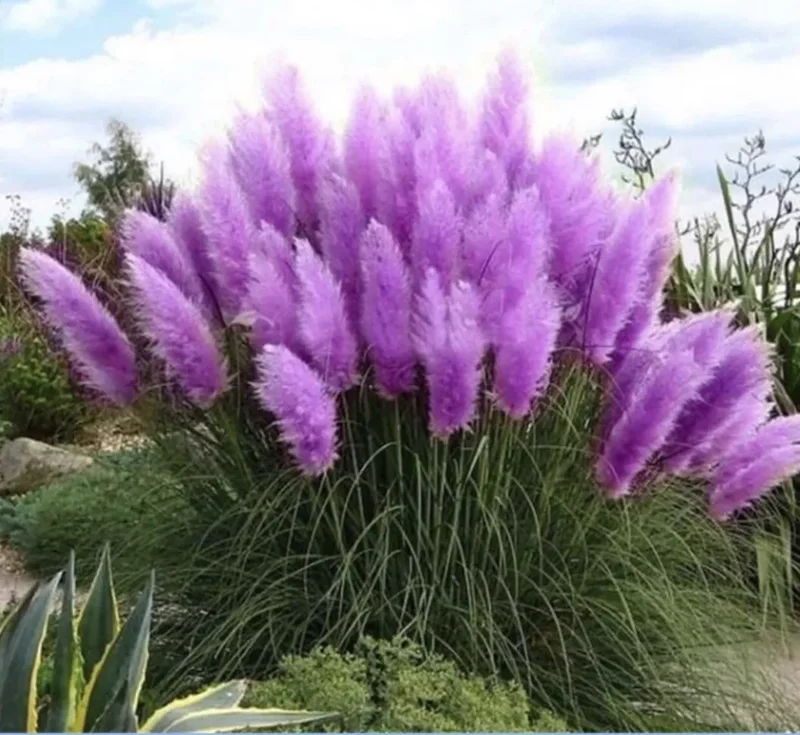
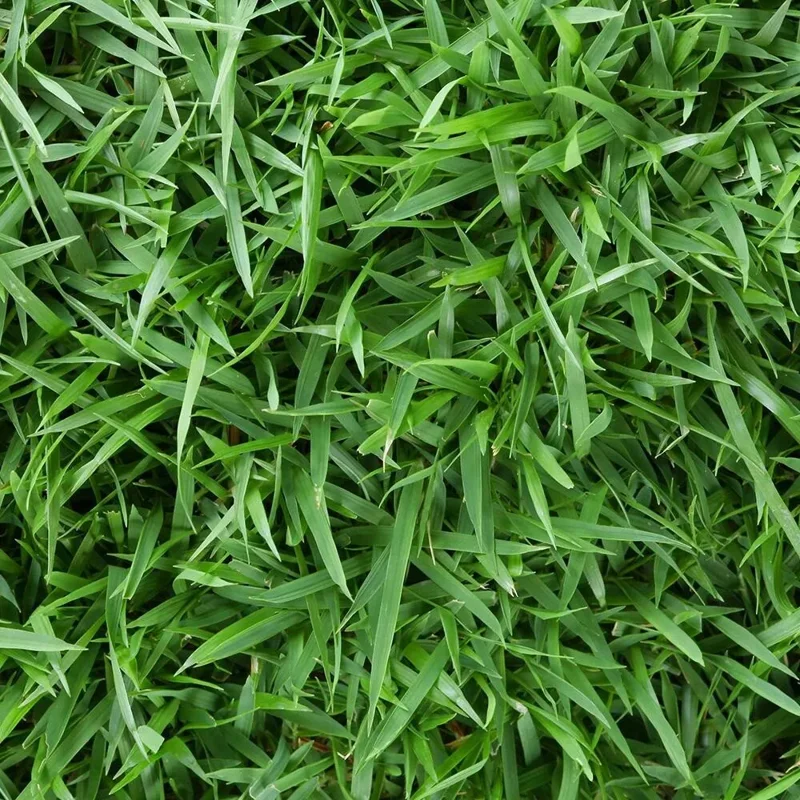
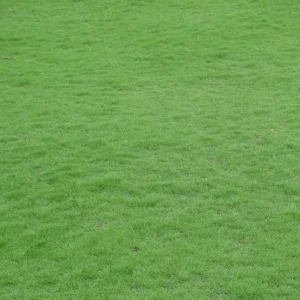
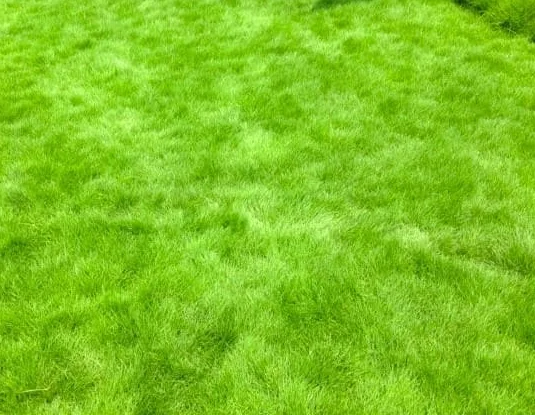

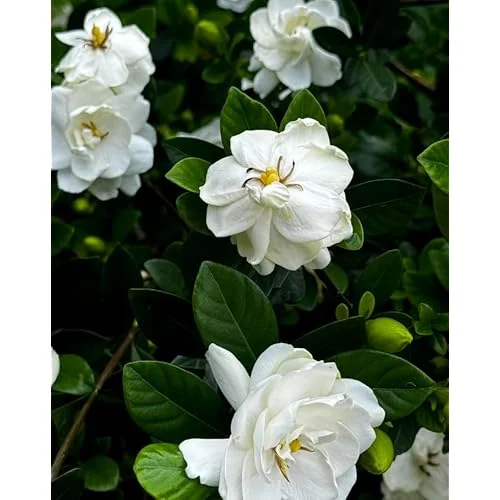
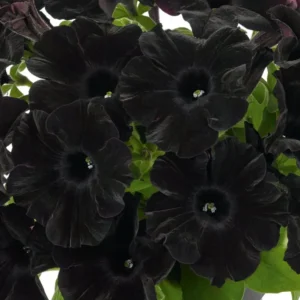
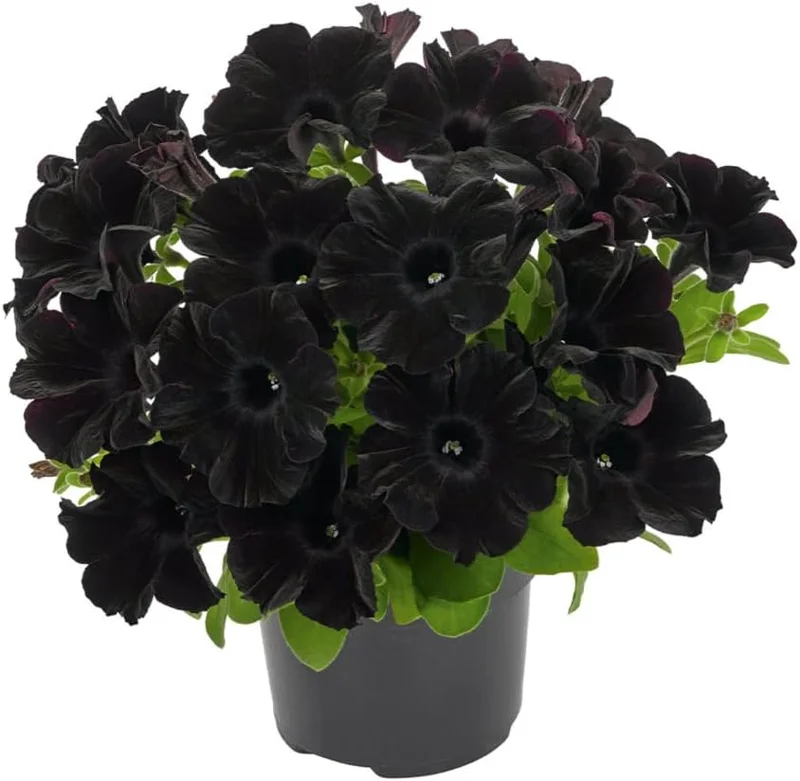
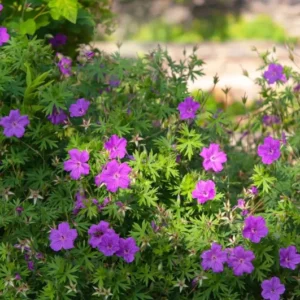
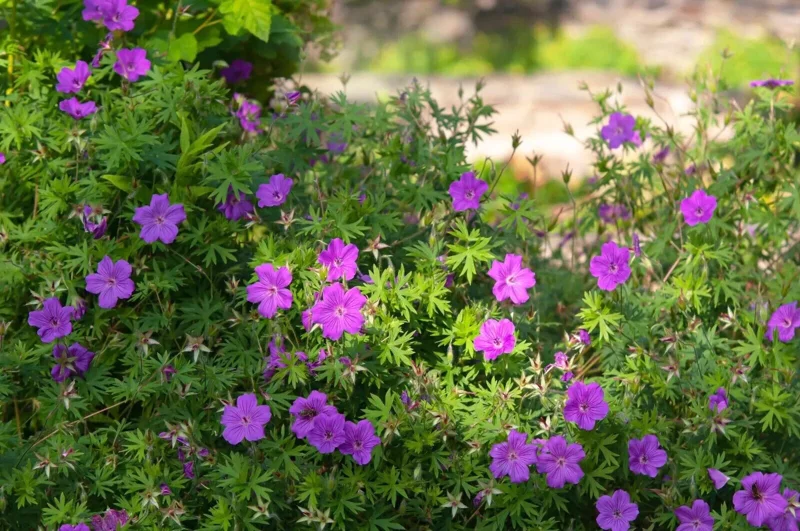
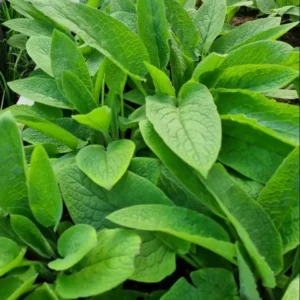
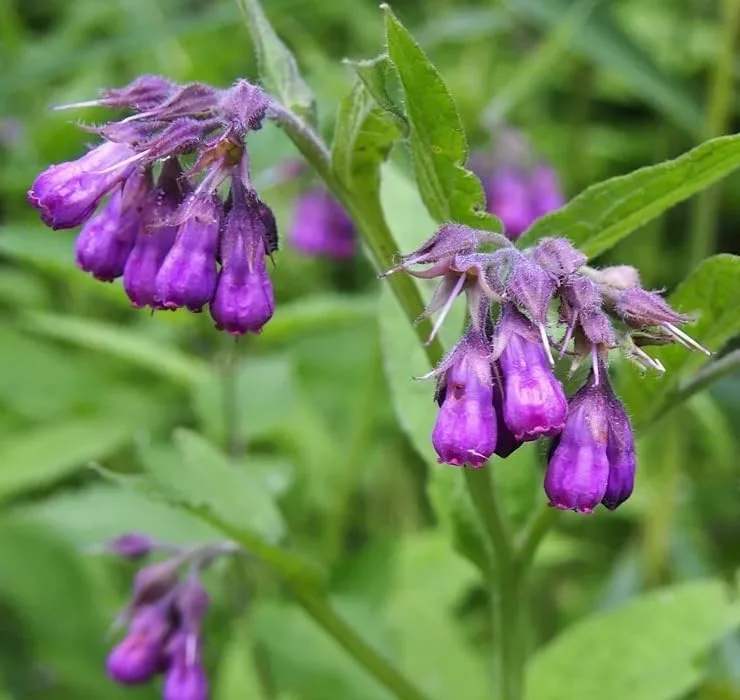
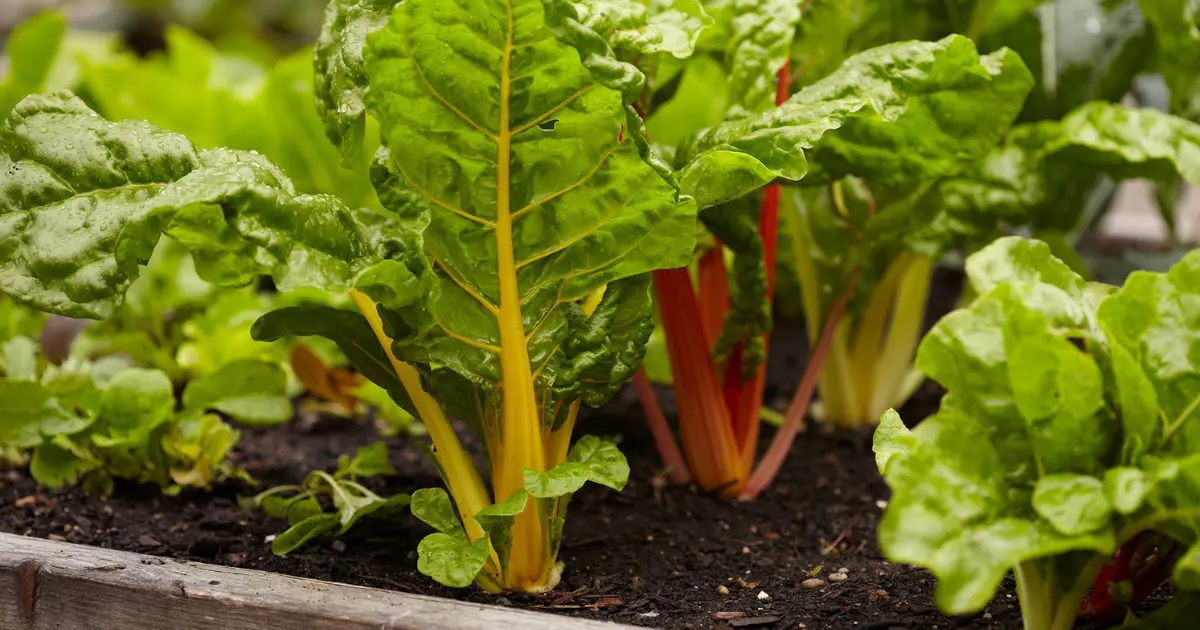
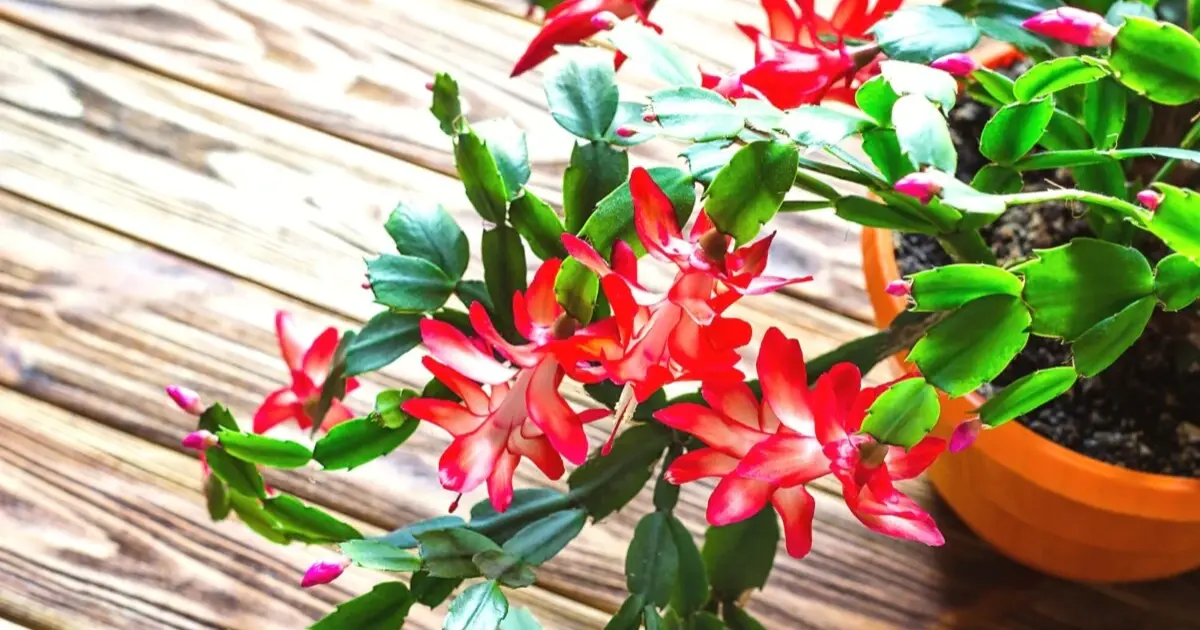
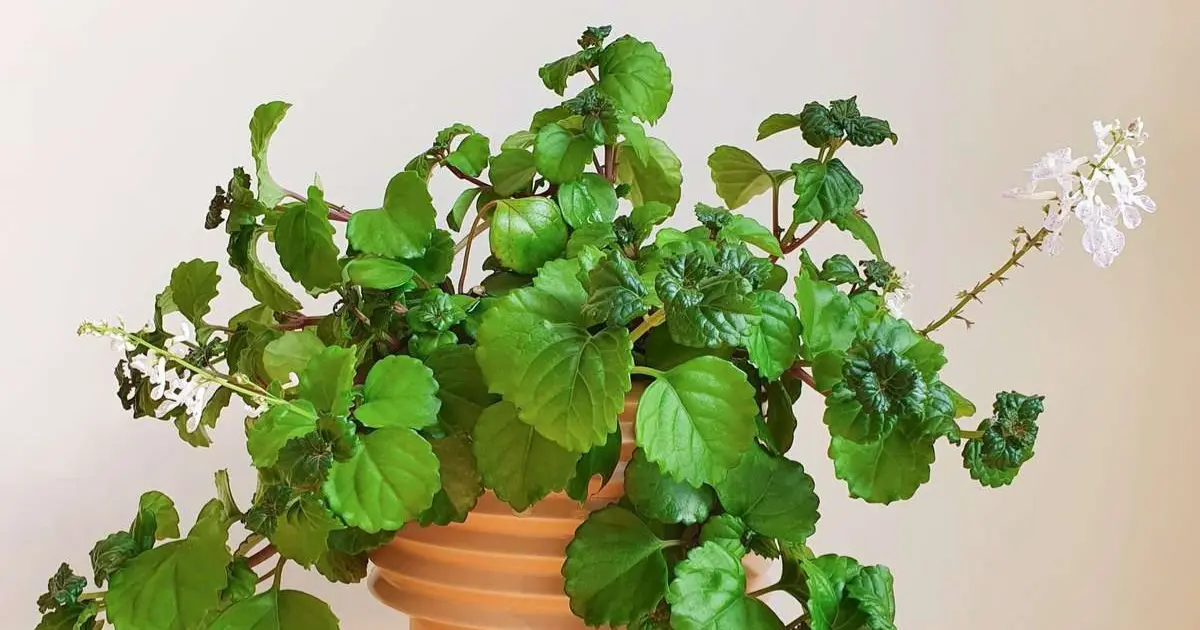
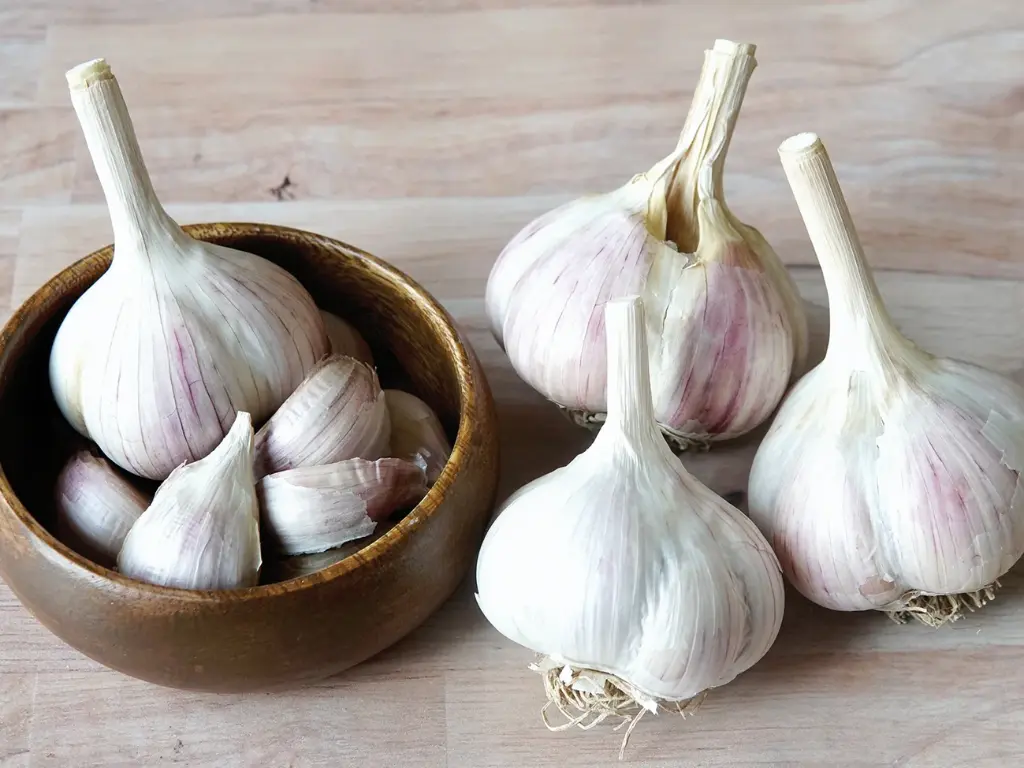
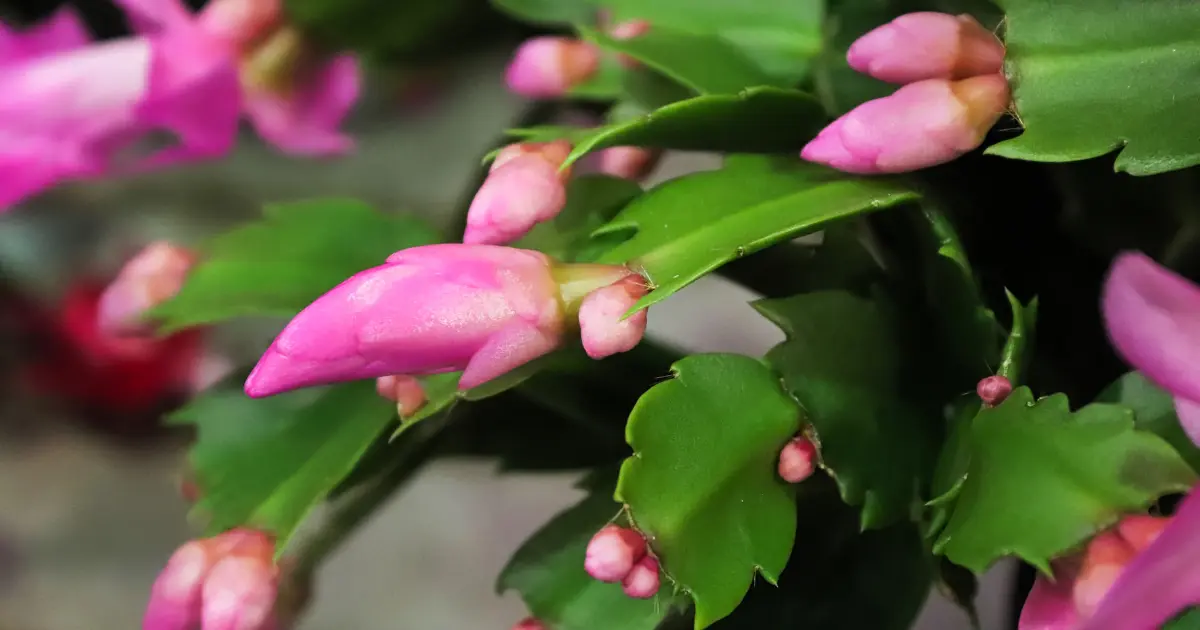

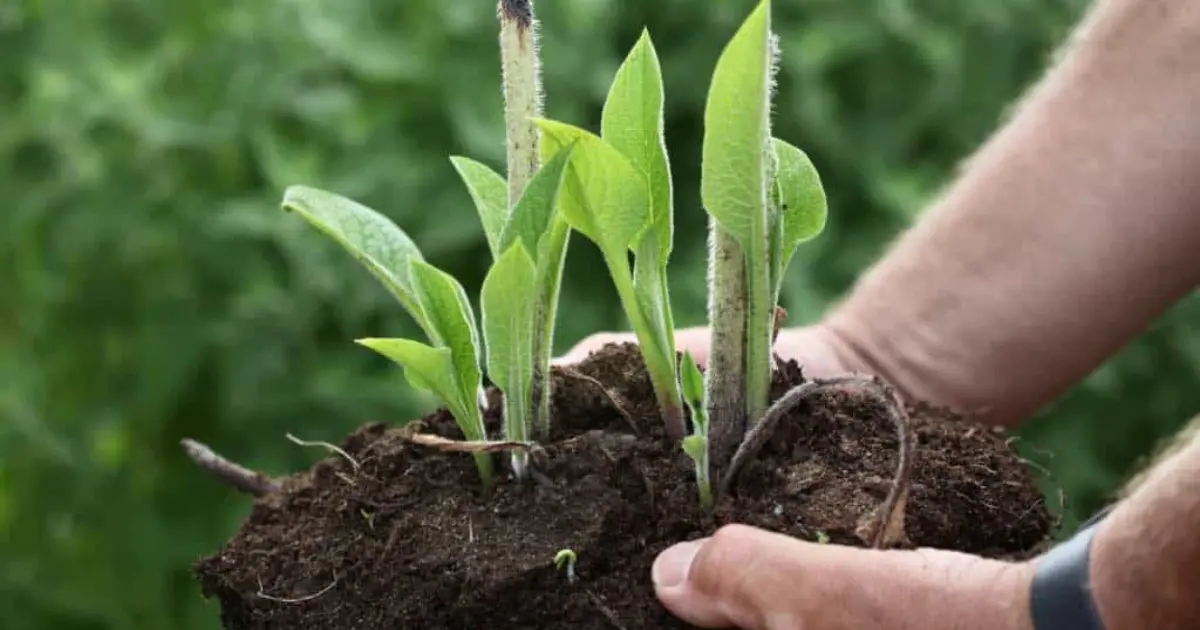
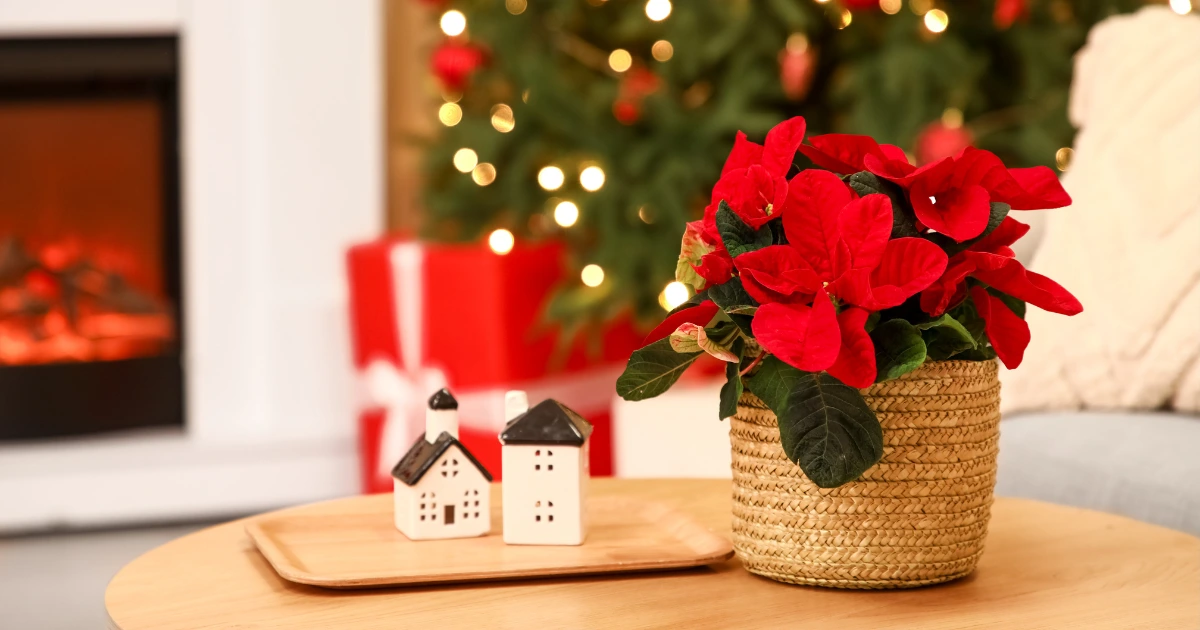
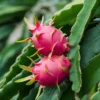
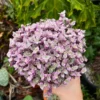
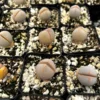
Reviews
There are no reviews yet.